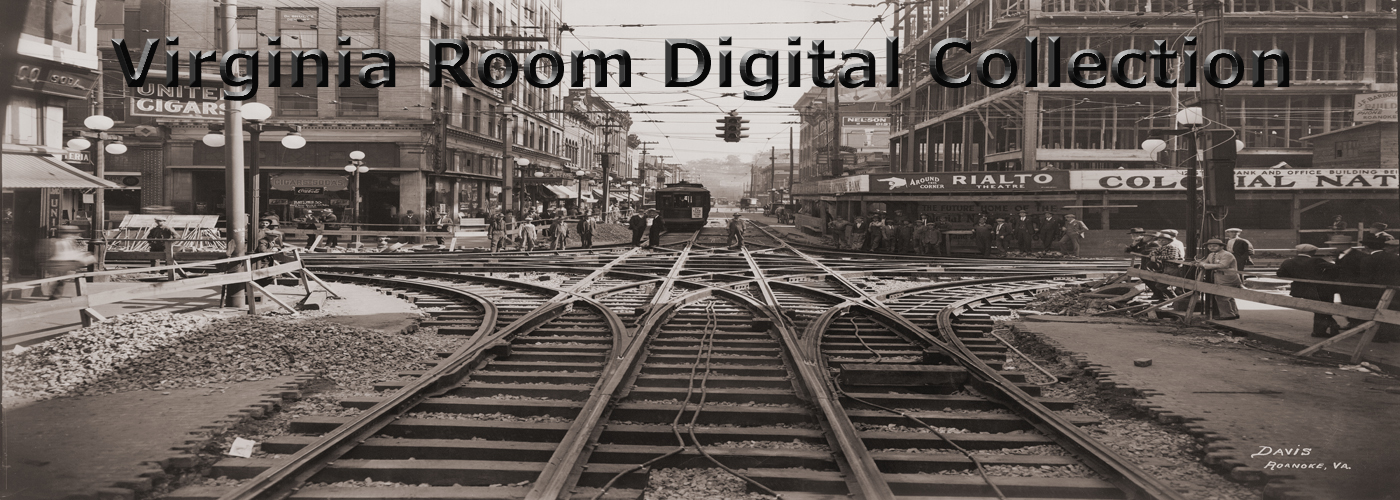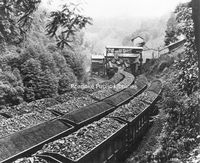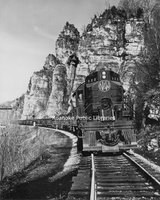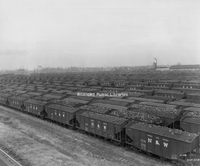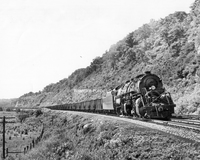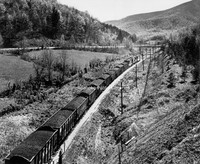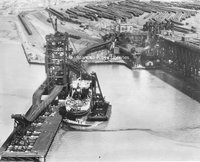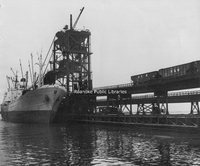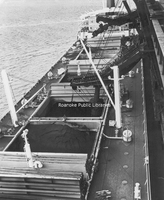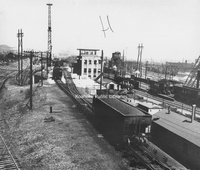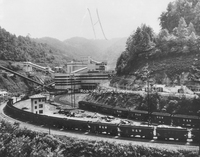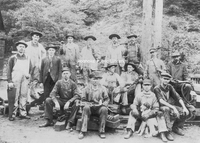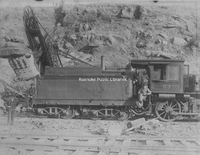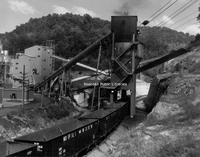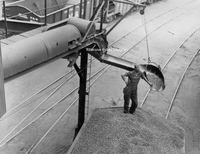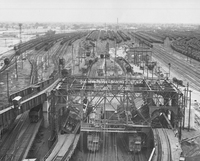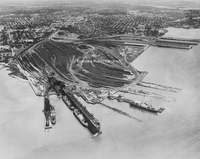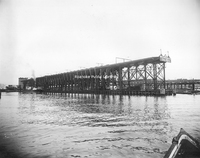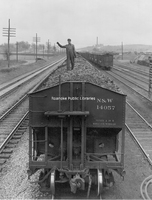Browse Items (18 total)
- Tags: coal
HNWR199
Tags: coal, coal hoppers, coal tipples, freight cars, N&W, Norfolk & Western
HNWR198
HNWR197
Tags: coal, coal hoppers, freight cars, N&W, Norfolk & Western, railyards
HNWR196
Tags: coal, Engine 2146, freight cars, locomotives, N&W, Norfolk & Western, steam engines, trains
HNWR195
HNWR186
Tags: cargo ships, coal, coal piers, N&W, Norfolk & Western
HNWR185
Tags: cargo ships, coal, coal cars, freight cars, N&W, Norfolk & Western, SS Carl Fritzen
HNWR184
Tags: cargo ships, coal, Lambert's Point, N&W, Norfolk & Western
HNWR163
Tags: coal, freight cars, N&W, Norfolk & Western, Portsmouth Ohio
HNWR162
Tags: coal, coal mines, freight cars, Gary West Virginia, N&W, Norfolk & Western, trains
HNWR146
Tags: coal, employees, Kimball West Virginia, N&W, Norfolk & Western, yardmen
HNWR107
Tags: coal, Engine 53, locomotives, N&W, Norfolk & Western, trains
HNWR055
Tags: coal, coal tipples, hoppers, N&W, Norfolk & Western, trains
HNWR054
Tags: coal, employees, hoppers, N&W, Norfolk & Western
HNWR053
Tags: coal, Coal Pier 4, coal piers, hoppers, Lambert's Point, N&W, Norfolk & Western
HNWR052
Tags: coal, coal piers, Lambert's Point, N&W, Norfolk & Western
HNWR051
Tags: coal, Coal Pier 4, coal piers, Lambert's Point, N&W, Norfolk & Western

